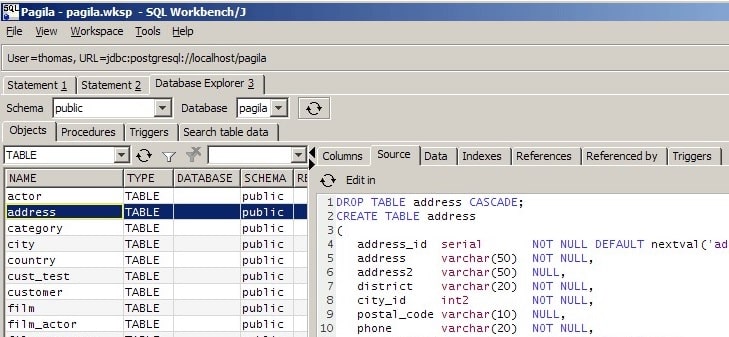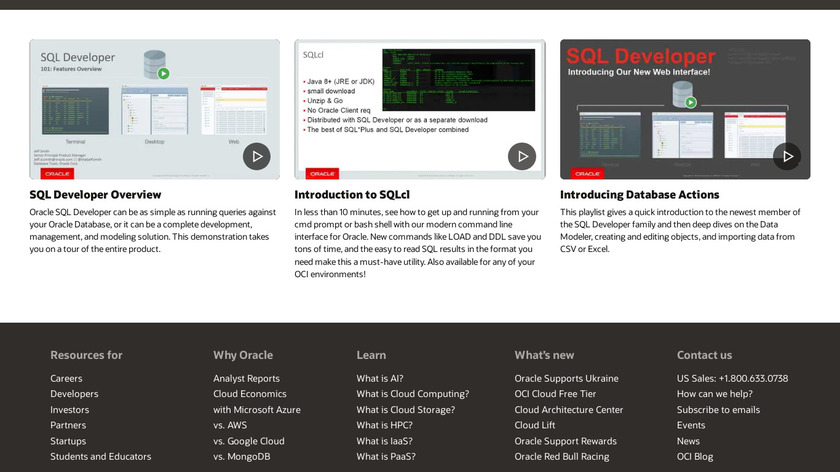

Some preliminaries: There are several ways to perform the load.
#Mysql workbench redshift how to#
Now that you’re familiar with Amazon Redshift, we’ll show you how to load data to it. The second node type is DW1 or so-called dense storage nodes, which in comparison to DW2 run on traditional storage disks. DW2 are very fast solid state memory drives, that support the database’s I/O performance needs. The first is DW2 which is very a dense compute running on SSD. There are two types of compute nodes available for RedShift. OLAP queries are often very complex and involve aggregations, versus OLTP queries that are often simple and return relatively few records. In addition, as mentioned OLTP only gives output of ongoing business processes, whereas OLAP gives multi-dimensional views of various kinds of business activities. Therefore, large amounts of data scanning is done quickly. The data is organized in a way which allows for better compression and easier sequential reads. With the OLAP columnar design, Redshift improves on performance. Its purpose and design is for fast transactional random access, not analytics.īy using OLAP, Redshift gears its system for analytics and helps with planning and problem solving. MySQL uses OLTP system where the purpose is to control and run fundamental business tasks. One of the biggest differences between MySQL and Redshift is how the way each handles database workloads. Plus, it’s cost effective, especially compared to other analytics-specific databases like Hive and Impala.īefore jumping into action, let’s understand these Redshift differences from MySQL: Handling Database Workloads with OLAP vs. Redshift is built to handle large scale data analytics. It’s not designed to cope with your data scaling, data consistency, query performance, or analytics on large amounts of data.

As you’ve probably experienced, MySQL only takes you so far.

Amazon Redshift to the RescueĪmazon Redshift has provided a very good solution for today’s issues and beyond. In this article, we’ll provide a step-by-step sample procedure for how to migrate your MySQL to Redshift. Or what if a data mart is right for you? If you're unsure, comparing a data mart vs.

However, though we see great success stories like Vivaki, moving data from your database to Redshift isn’t straight-forward. So, for real-time data analytics on high volumes of data, Redshift has distinct benefits which obviously MySQL, PostgreSQL, or other common databases cannot handle at scale. And, VivaKi that loaded 10 terabytes of data in only six hours with Redshift architecture. That’s why Amazon with its Redshift columnar storagehas become the solution of choice for companies like: Nokia that moved its high data usage activity to Redshift and now runs queries two times faster. It enables faster performance - no matter how much data. It delivers a massive parallel processing data warehouse architecture and uses a columnar data store that can aggregate and analyze large amounts of data. To fill this infrastructure gap, Amazon Redshift brings a fully managed cloud solution for modern data warehouses. In addition, the organization’s IT teams need to acquire new skills and infrastructure know-how to establish and maintain their BI systems. However building an analytical data warehouse requires vast computing power to maintain performance and quick retrieval of data and results. Data analytics is a requirement for virtually every business today.


 0 kommentar(er)
0 kommentar(er)
